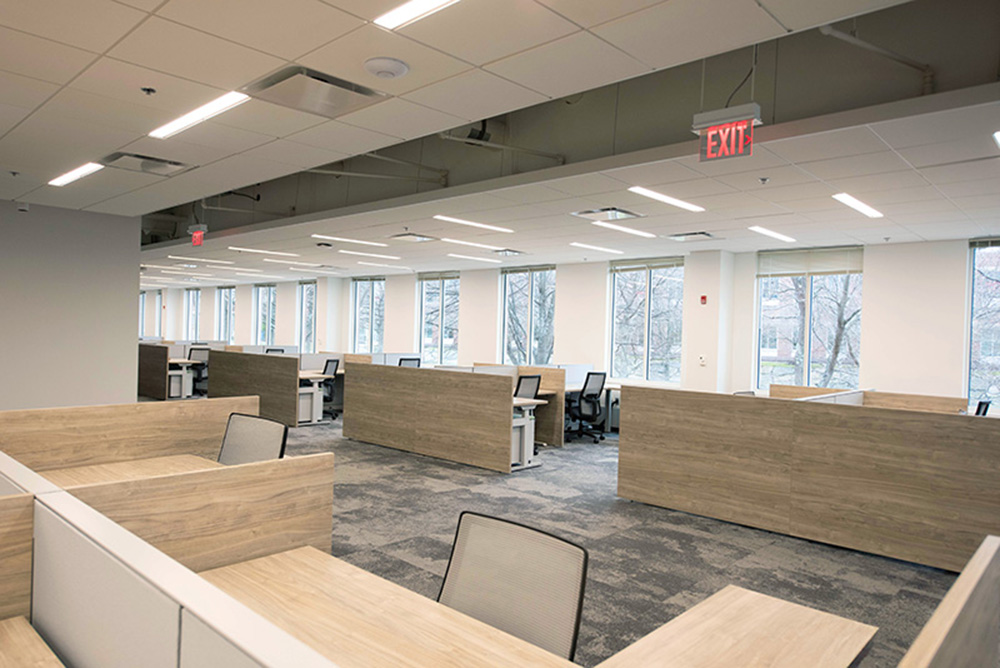News: Appraisal & Consulting
Posted: May 10, 2012
Low rates cause high "values" - Don't get caught
About 10 to 12 years ago, well before the Great Recession, interest rates were low, facilitating easy buying of residential and commercial real estate. We all worried then that there would be a day of reckoning, a day of interest rate reset, probably occurring from 5 to 7 years hence.
As partially predicted, in the beginning of 2004, rates began to rise, in the case of the Federal funds rate from around 1% to 5% over a period of two years. The prime rates behaved almost identically, and most mortgage rates in a similar but less synchronous pattern. Despite the rise, however, most real estate professionals felt that rates had not increased as much as predicted. Further, since the variation in rate rise had different impacts, the expected shock was not severe.
With the beginning of the financial collapse in 2008, the Federal Reserve began to lower (manipulate) its rate dramatically in order to stimulate the economy and stabilize the crash. Rates went back down to the 2002 levels, and lower. The Federal funds rate is now barely above zero, and additional measures have been taking to stimulate the economy.
Experts will argue about how much success there has been. In any case, there is now talk of inflation, brought on by over stimulation. But the Fed is reticent to tighten credit, understanding the fine line between controlling inflation and hurting our modest recovery. Students of the Fed have once again predicted that rates will have to rise. However, they have been wrong so far on the timing. There were many articles two years ago that predicted the Feds fund rate would be at least 2% by this time. The big question again, is where rates will go, and how do we borrow without geting caught in a bad reset period.
Recently, we were advising a client who was buying apartments, obviously a very hot commodity in this real estate market. The competition for the purchase was high, and the margins were narrow. We looked at five, seven and ten year fixed rate options, with the five year at around 4% and the ten year almost 50% higher. Clearly, lenders also felt that rates would be rising.
Knowing the risk, our client opted for the five years because, given the competition, a high price was needed to take the prize, and the required debt level was not affordable at the higher interest cost. The fact is we took a short-term solution with hopes that things would be covered in the longer term through higher rents. It is a gamble.
As we know, cap rates are comprised of part debt cost and part equity cost. Cap rates are low thus causing the "alleged value" of the real estate to be high. With high purchase prices, buyers behave as we did, by taking the lower cost debt in order to make loan to value and debt coverage ratios work. In short, there is a confluence of lower interest rates due to Fed manipulation, lower equity rates due to fewer investment alternatives, and thus higher prices. In order to justify the higher prices, buyers are taking shorter term debt at lower cost. These actions have consequences.
If rates move up by 50%, not at all aggressive by comparison to the 2004 to 2006 rise of almost 500%, new debt cost will not be sustainable and there will be newly troubled real estate. Prices will fall, destroying loan to value ratios. As a double whammy, rising interest rates will provide investment alternatives to "savers", and loan availability may shrink. On top of it all, with shorter term loans, there will be reset, which further up the cost of debt.
We all assume that, with an inflation of interest rates, there will be an inflation of rents. Undoubtedly this will happen, but it may not be in perfect harmony. Rates could change dramatically within a year, but rents (due to leases) will lag. Think hard about this timing. It is a small margin game that we play.
Daniel Calano, CRE, is the managing partner and principal of Prospectus, LLC, Cambridge, Mass.
Tags:
Appraisal & Consulting
MORE FROM Appraisal & Consulting
Boyle of Chozick Realty negotiates $7.95m sale of 66-unit property
Barrington, MA Tom Boyle of the Hartford, CT office of Chozick Realty has completed the marketing and sale of the 66-unit Beechtree Commons Apartments for $7.95 million or $120,454 per unit.







.png)